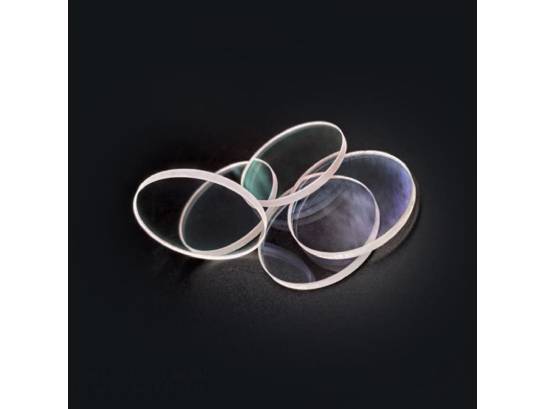Use of Laser Reflectors
With the rapid development of optics, ordinary mirrors can no longer meet the needs of precision optical instruments, so a series of mirrors were born. Laser mirrors suppliers share with you.
With the rapid development of optics, ordinary mirrors can no longer meet the needs of precision optical instruments, so a series of mirrors were born. Die Cutting Machine share with you.

Laser Reflector
Laser mirrors are an important element in laser light transmission systems. Laser mirrors are optical elements that work by using the law of reflection. According to the shape of the reflector can be divided into three types of mirrors: flat mirrors, spherical mirrors and aspheric mirrors. In the laser light path of small and medium power, the reflector can have two applications. In the laser tube, the reflector can be used as a tail mirror, the lens base with a certain curvature, which plays the role of shocking the laser.
Using laser mirrors:
1. When the system size is not a constant, the reflector system can be used.
2. For the system working wavelength range of light will be most kinds of glass strong absorption, often use the reflector.
3. For high power lasers, even if the operating wavelength will not be strongly absorbed by most types of glass, but only partially absorbed, reflectors are often used because any bubbles or dopants in the glass will preferentially absorb, thus potentially destroying the prism.
4. More convenient mirrors are also often used when more attention is paid to flexibility as a system parameter.
In terms of efficiency, metal film mirrors have a significant efficiency loss. Standard metal mirrors are generally not more than 90% efficient, and the rest is either scattered or absorbed. Of course, it is possible to coat the reflector with a specific dielectric film to accommodate certain wavelengths to obtain a highly reflective reflector.
In order to transmit the high beam energy of high performance lasers in optical components, the requirements for coating Laser Mirrors are relatively high, and for optical systems with more than 17 layers, vapor deposition is generally used to process laser mirrors in production. The dielectric film materials used for laser mirrors are also almost always non-absorbing materials and can achieve 99% reflectivity in certain specific wavelength ranges for example: BK7 glass, quartz series, single crystal silicon, molybdenum and other substrates. In the small and medium power laser beam, mostly choose quartz and glass substrates, while using molybdenum and silicon as substrates, molybdenum mirrors can work in harsh conditions, and long service life, withstand high power, the surface does not need to be coated, wipe resistance, the disadvantage is the low reflectivity. Silicon mirrors are currently the most used mirrors and have good optical thermal properties. The surface of silicon mirrors is coated with gold to improve reflectivity.
We also provide Quartz Laser Reflector, please feel free to contact us if you need.